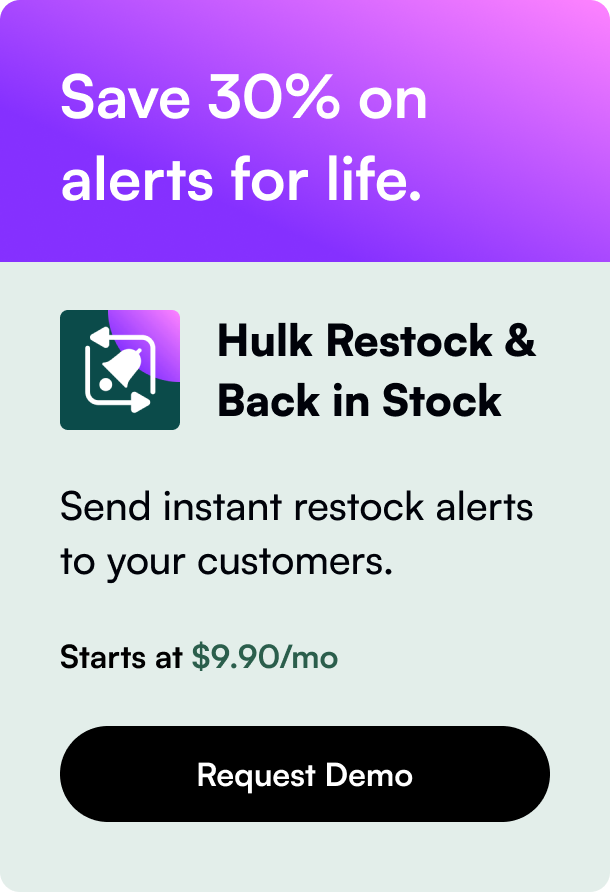Table of Contents
- Introduction
- What is Guerrilla Marketing?
- Guerrilla Marketing vs. Online Marketing
- Guerrilla Marketing vs. Viral Marketing
- Types of Guerrilla Marketing
- Successful Guerrilla Marketing Campaigns
- Conclusion
- FAQ
Introduction
In the ever-evolving landscape of marketing, firms are constantly in search of innovative strategies to captivate their target audience. Traditional marketing channels—such as SEO, social media, and email campaigns—are foundational, but they often fail to deliver the surprise and excitement that spur organic buzz. This is where guerrilla marketing shines. By leveraging unexpected, unconventional techniques, brands can create memorable experiences that stick in the minds of consumers. In this post, we'll dive deep into the world of guerrilla marketing, exploring its various forms and offering inventive ideas that can elevate your brand's visibility in 2024.
What is Guerrilla Marketing?
Guerrilla marketing is a creative promotional strategy that emphasizes surprise and unconventional tactics to capture consumer attention. Coined by advertising executive Jay Conrad Levinson in the 1980s, the term draws inspiration from guerrilla warfare, where smaller forces use the element of surprise to overcome larger, better-equipped adversaries. The core idea is to make a considerable impact with a limited budget by creating experiences so unexpected that they compel audiences to share them with others, both online and offline.
Guerrilla Marketing vs. Online Marketing
Guerrilla marketing serves as the physical bridge to the online world, generating offline exposure that can lead to online interactions. While online marketing relies heavily on analytics and optimization through a "do, measure, improve" approach, guerrilla marketing thrives on creativity and execution. Successful campaigns generate buzz both on the street and across social media platforms like TikTok, Instagram, and Snapchat. Additionally, guerrilla tactics can garner press coverage and even go viral if the timing and execution are just right.
Guerrilla Marketing vs. Viral Marketing
Though both guerrilla and viral marketing aim to capture widespread attention, their methodologies differ. Any marketing campaign, whether it employs guerrilla tactics or not, can go viral. Guerrilla marketing specifically relies on surprise and physical presence, whereas going viral typically depends on how a campaign is shared and appreciated on digital platforms.
Types of Guerrilla Marketing
Guerrilla marketing can be categorized into four primary types, each offering unique ways to engage your audience:
Outdoor Guerrilla Marketing
Outdoor guerrilla marketing involves activities set in public spaces. This category includes unconventional uses of billboards, posters, murals, sculptures, and other forms of outdoor art installations.
Example: The Seattle Mariners' "Hot Dogs From Heaven" campaign featured 75 hot dogs descending into T-Mobile Park on parachutes, creating a memorable and whimsical moment for fans.
Indoor Guerrilla Marketing
Indoor guerrilla marketing occurs in enclosed public spaces like malls, train stations, office buildings, and airports. These campaigns capitalize on foot traffic in spaces where people naturally congregate.
Example: Spanish renewable energy company Iberdrola installed mini wind turbines at subway turnstiles in Paris, generating energy as commuters passed through.
Ambush Marketing
Ambush marketing involves aligning your brand with an event without being an official sponsor. Techniques include strategically-placed advertising near event locations, distributing related merchandise nearby, or even organizing spontaneous flash mobs.
Example: Nike wrapped a Paris building with a massive ad featuring soccer star Kylian Mbappé during major sporting events, without officially sponsoring the events themselves.
Experiential Marketing
Experiential marketing blends the physical and emotional by creating environments where audiences interact directly with the brand. This includes events like brand "takeovers" of public spaces or immersive installations.
Example: The Flamingo Estate's holiday pop-up in Los Angeles featured an entirely gingerbread-made structure, drawing crowds and social media buzz.
Successful Guerrilla Marketing Campaigns
While guerrilla marketing can be high-risk, the potential rewards are equally high. Here are some successful examples to inspire your campaigns:
Heyday Canning Co. Bean Swap
Heyday Canning Co. created buzz with a unique pop-up shop that swapped customers' canned beans with their signature flavored variety. This approach not only attracted throngs of customers but also generated significant social media engagement through a viral TikTok video.
Jolie Skin Co. Dirty Truck Campaign
Jolie Skin Co. turned heads with trucks designed to look filthy, posing the question: "What if we told you that your shower water was dirtier than this truck?" This unusual tactic garnered widespread attention in New York City, proving extremely effective for brand visibility.
Graza "Wanted" Flyers
Graza beautifully executed a guerrilla marketing tactic by using old-school "Wanted" flyers to promote their extra-virgin olive oil potato chips. These flyers, complete with tear-off QR codes directing to their newsletter signup, cleverly engaged passersby, combining nostalgia with modern technology.
Conclusion
Guerrilla marketing stands out for its unorthodox and captivating approach, making it an invaluable tool for brands looking to break through the noise. By using creative tactics that generate surprise and delight, companies can not only capture immediate attention but also foster organic sharing and discussions that amplify their reach. From outdoor stunts to experiential events, guerrilla marketing invites businesses to think outside the box and take calculated risks for potentially massive rewards.
FAQ
What is an example of guerrilla marketing?
An example is the Seattle Mariners' "Hot Dogs From Heaven" campaign, where hot dogs were parachuted into a baseball stadium, creating a delightful surprise for fans.
Why is it called guerrilla marketing?
The term "guerrilla marketing" is derived from guerrilla warfare, which uses small-scale, surprise tactics to combat larger armies. Similarly, guerrilla marketing uses surprising and unconventional methods to capture consumer attention.
Is guerrilla marketing legal?
Yes, guerrilla marketing is legal. However, ensure that your tactics do not involve illegal activities like graffiti without permission or trespassing on private property. Always secure necessary permissions before executing your campaign.
By following the principles and examples outlined in this guide, you can master the art of guerrilla marketing and make a lasting impression in 2024.







